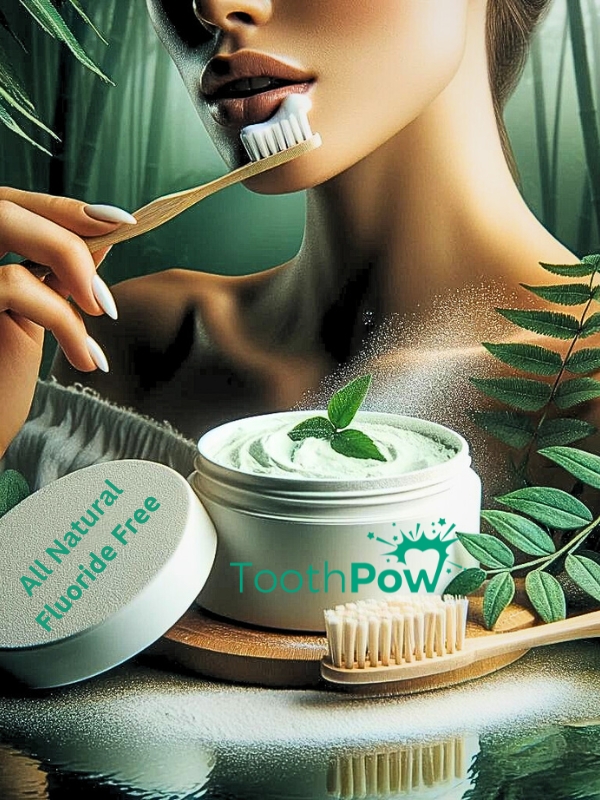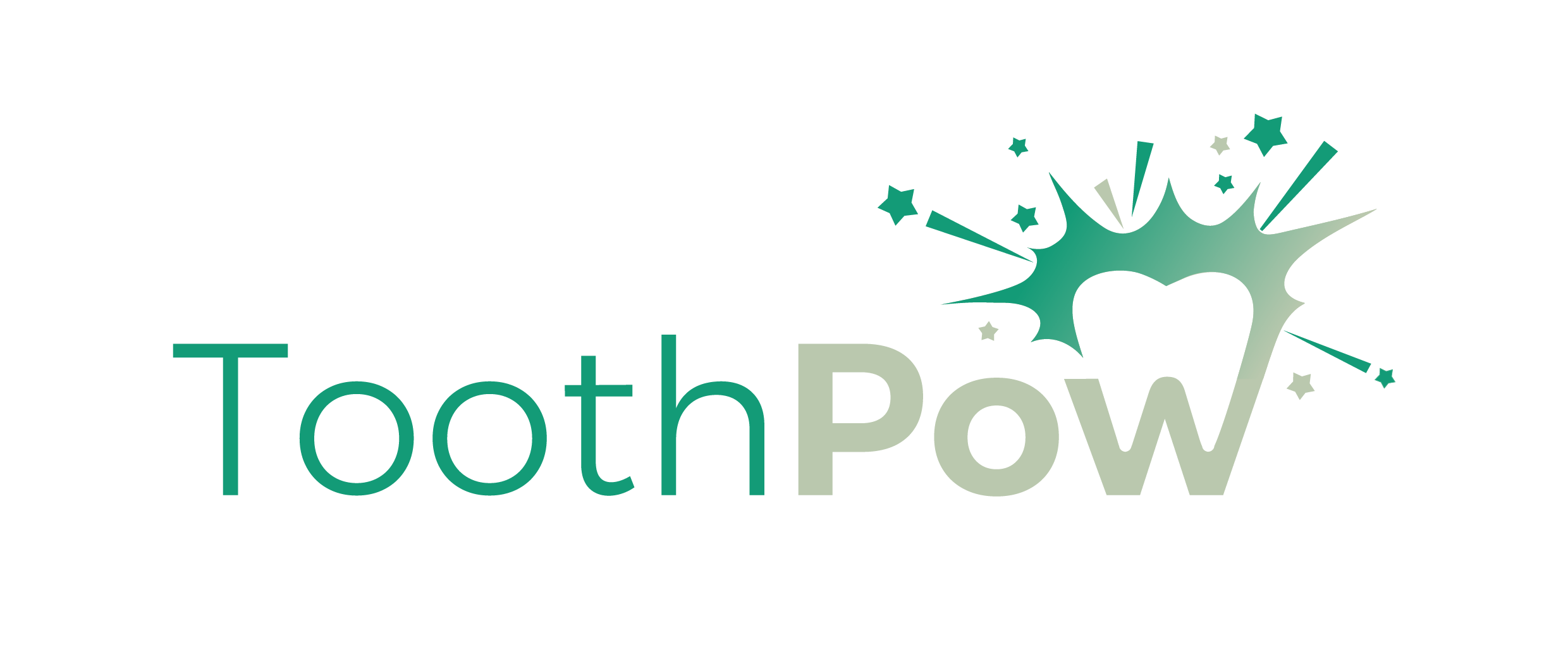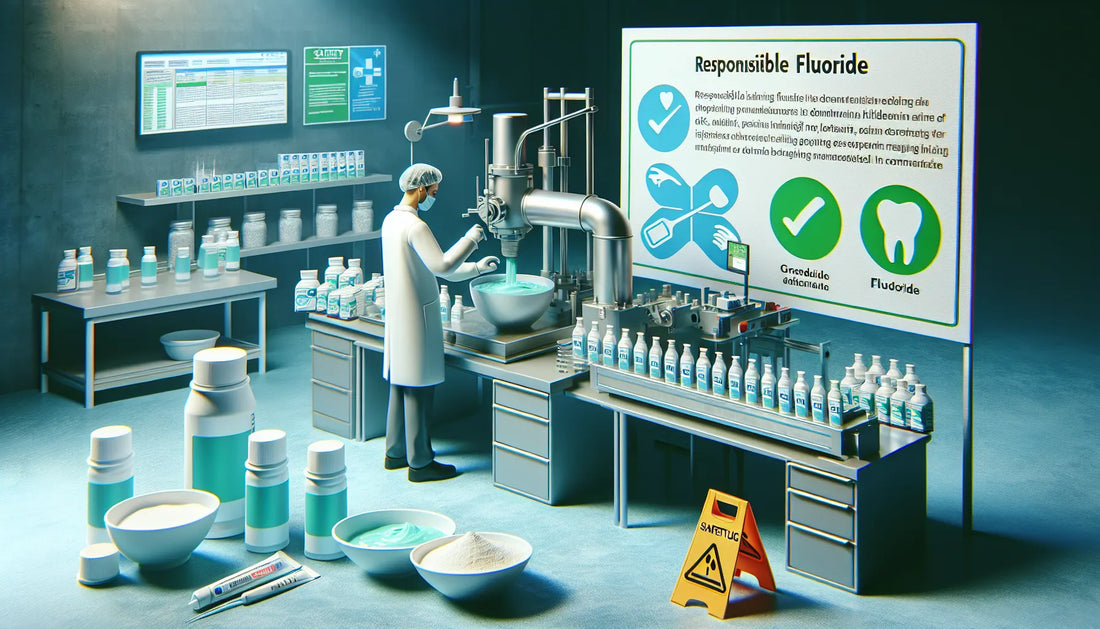Choosing the Right Toothpaste
Choosing the right toothpaste is crucial for maintaining optimal oral health. With a growing emphasis on fluoride-free options, it's essential to understand what to look for in a toothpaste. This guide is designed to provide valuable insights into selecting a toothpaste that aligns with your oral health goals. From understanding the ingredients to evaluating its effectiveness in preventing cavities and promoting overall oral hygiene, this guide will empower consumers to make informed decisions about their dental care. Whether you are seeking a natural alternative or have specific dental needs, navigating the market for fluoride-free toothpaste can be overwhelming. By delving into the considerations outlined in this guide, you will be equipped with the knowledge to confidently choose a toothpaste that meets your needs.
Benefits of Fluoride-Free Toothpaste
Fluoride-free toothpaste has gained significant popularity in recent years due to the growing concerns about potential health risks associated with fluoride. Many people are turning to fluoride-free toothpaste as a safer alternative for maintaining good oral hygiene. In this section, we will explore the various benefits of using fluoride-free toothpaste.
Gentler on Enamel
One of the primary benefits of fluoride-free toothpaste is that it is gentler on enamel. Fluoride has been known to cause dental fluorosis, a condition that affects the enamel of the teeth, especially in children. Fluoride-free toothpaste provides a milder and safer option for individuals who are concerned about protecting their enamel.
Safe for Children and Pets
Fluoride-free toothpaste is also safe for children and pets. Since young children often have a tendency to swallow toothpaste while brushing, using fluoride-free toothpaste eliminates the risk of them ingesting excessive fluoride. Additionally, pets can also benefit from fluoride-free toothpaste, as they are more susceptible to the adverse effects of fluoride ingestion.
Natural Ingredients
Many fluoride-free toothpaste options are made with natural ingredients, making them a popular choice for individuals who prefer a more holistic approach to oral care. These natural ingredients can include essential oils, herbal extracts, and other plant-based components that offer effective cleaning and protection for the teeth and gums.

Choosing the Right Fluoride-Free Toothpaste
When it comes to choosing the right fluoride-free toothpaste, there are several important factors to consider. Let's delve into each of these aspects to help you make the best choice for your dental care routine.
Ingredients to Avoid
It's essential to steer clear of potentially harmful substances such as sodium lauryl sulfate (SLS), artificial sweeteners like saccharin, and triclosan.
Effectiveness in Cavity Prevention
Look for toothpaste that contains natural ingredients such as xylitol, which has been shown to help prevent tooth decay.
Flavor Preferences
Consider your personal flavor preferences to ensure that using the toothpaste is an enjoyable experience.
What to Look for in Fluoride-Free Toothpaste
Check for natural and organic ingredients that are gentle on the teeth and gums. Consider toothpaste that promotes additional benefits such as enamel strengthening, plaque reduction, and gum health.
Choosing the right fluoride-free toothpaste involves careful consideration of ingredients, cavity prevention effectiveness, flavor preferences, and product attributes. Remember to consult with your dentist or dental professional for personalized recommendations based on your specific dental needs.

Using Fluoride-Free Toothpaste Effectively
Proper Brushing Techniques
When it comes to using fluoride-free toothpaste, proper brushing techniques are essential for maintaining good oral hygiene. Even though fluoride-free toothpaste may not contain fluoride, it is still crucial to brush your teeth effectively to remove plaque and food particles. Here are some proper brushing techniques to ensure the effectiveness of fluoride-free toothpaste:.
Brushing Technique: Use a soft-bristled toothbrush and gentle, circular motions to clean the front, back, and top surfaces of your teeth. Avoid using excessive force, as this can damage the enamel and irritate the gums.
Duration: Brush your teeth for at least two minutes, ensuring that you cover all areas of your mouth, including the back molars and the gum line.
Frequency: Brush your teeth at least twice a day, preferably after meals and before bedtime. This helps to prevent the buildup of plaque and bacteria, promoting overall oral health.
Tongue Cleaning: Don't forget to gently brush or scrape your tongue to remove bacteria and freshen your breath.
By following these proper brushing techniques, you can effectively maintain oral health while using fluoride-free toothpaste.
Frequency of Use
The frequency of using fluoride-free toothpaste is an important aspect to consider for its effectiveness. While fluoride-free toothpaste can be a suitable alternative for individuals who prefer to avoid fluoride, it's essential to understand the recommended frequency of use for optimal oral care.
Daily Use: It is recommended to use fluoride-free toothpaste at least twice a day, just like regular toothpaste. This helps to ensure that your teeth are adequately cleaned and protected throughout the day.
Consistency: Using fluoride-free toothpaste consistently is key to reaping its benefits. Incorporate it into your daily oral care routine to maintain good oral hygiene.
Consultation: If you have specific dental concerns or conditions, it's advisable to consult with a dentist to determine the most suitable frequency of use for fluoride-free toothpaste.
Complementary Oral Care: In addition to using fluoride-free toothpaste, consider incorporating other oral care practices such as flossing, using mouthwash, and regular dental check-ups to maintain overall oral health.
Understanding the frequency of use for fluoride-free toothpaste is essential for maximizing its effectiveness in promoting oral hygiene.
Utilizing fluoride-free toothpaste effectively involves implementing proper brushing techniques and understanding the recommended frequency of use. By incorporating these practices into your oral care routine, you can maintain good oral hygiene while using fluoride-free toothpaste as an alternative to traditional toothpaste containing fluoride.

Conclusion
When searching for a fluoride-free toothpaste, it's essential to consider the ingredients, certifications, and personal preferences. By opting for a toothpaste that aligns with your values and oral health needs, you can make a positive impact on your overall well-being. Remember to always read the labels and do thorough research before making a purchase. If you're ready to explore fluoride-free toothpaste options, visit. ToothPow To stay updated on the latest products and offerings. Your journey to a healthier smile starts here!


